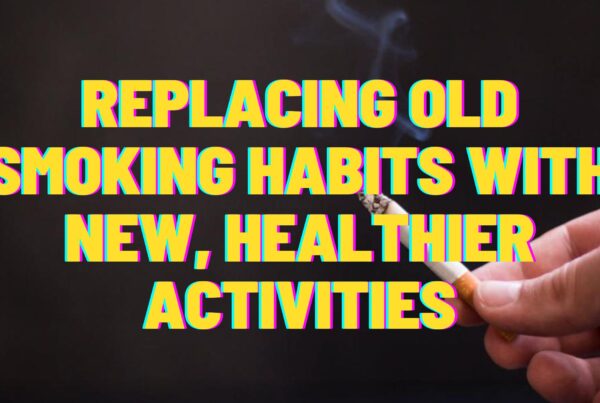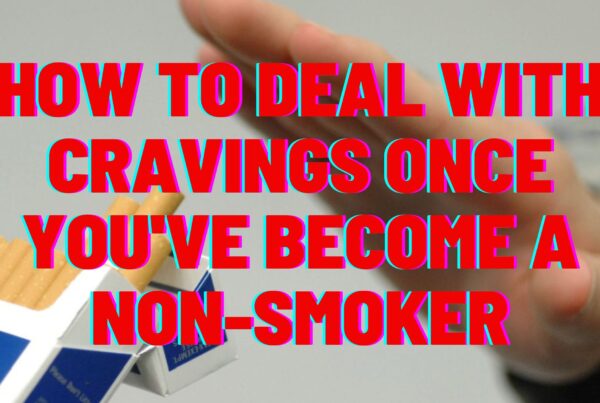The Underrated Power of Unassisted Quitting: Beyond Patches, Meds, and the Potential of Hypnotherapy
The Prevailing Notion of Smoking Cessation
Australia has made significant strides in tobacco control, resulting in a historic low daily smoking rate. Yet, the challenge remains: how do we further reduce the number of smokers? With the majority of Australians visiting a general practitioner annually, these visits become pivotal moments for discussing the health risks of smoking and potential quitting strategies.
The Royal Australian College of General Practitioners (RACGP) has provided guidelines to assist health professionals in this endeavor. However, a closer look reveals a significant emphasis on pharmaceutical interventions, such as nicotine replacement therapies and medications.
The Overlooked Success of Going "Cold Turkey"
While the guidelines acknowledge the concept of unassisted quitting or going "cold turkey", it's often sidelined in favor of pharmaceutical solutions. This approach seems to overlook a crucial fact: a significant majority of former smokers have successfully quit without any external aids.
The guidelines' heavy reliance on pharmaceutical interventions raises questions. Why is there such a strong emphasis on these methods when real-world evidence suggests that many have found success without them?
The Discrepancy Between Clinical Trials and Reality
Clinical trials often paint a rosy picture of nicotine-replacement therapies. However, these trials don't always reflect real-world scenarios. Factors like participant selection, the placebo effect, and regular check-ins can skew results. Moreover, many of the studies advocating for these interventions have ties to pharmaceutical companies, leading to potential conflicts of interest.
The Role of Belief in Quitting
One of the most overlooked aspects of quitting is the role of belief and mindset. The guidelines, in their current form, seem to suggest that successful cessation is primarily dependent on external aids. However, the reality is that a smoker's belief in their ability to quit, their motivation, and their mindset play a crucial role in the process.
For many, the journey to becoming a non-smoker is not about finding the right patch or medication. It's about a deep-seated desire to change, coupled with the belief that they can do it on their own.
The Way Forward
As we continue to work towards a smoke-free Australia, it's essential to embrace a holistic approach to smoking cessation. This means recognizing the value of all quitting methods, from pharmaceutical aids to unassisted quitting. By doing so, we can provide smokers with a comprehensive toolkit, empowering them to find the method that works best for them.
Additionally, there's a growing interest in alternative therapies like hypnotherapy. Hypnotherapy taps into the subconscious mind, helping individuals address the root causes of their smoking habit. By combining relaxation techniques with positive affirmations and suggestions, hypnotherapy offers a unique approach to smoking cessation. It's not just about breaking the physical addiction but also transforming the mental and emotional relationship with smoking. As more people seek holistic and personalized solutions, hypnotherapy stands out as a promising option for those looking to quit for good.
For more information on the Release Hypnosis Stop Smoking Program, you can click here.
Download the FREE Ebook '5 Steps To Becoming a Non-Smoker' by entering your details here.
Book Your FREE Half Hour Consultation With Release Hypnosis NOW!
You may also like to read:
So, You've Decided To Become a Non-Smoker
The Truth About Hypnotherapy and Smoking Cessation
Becoming a Non-Smoker: What Is a Habit?
What Does That Smoking Habit Want For You








